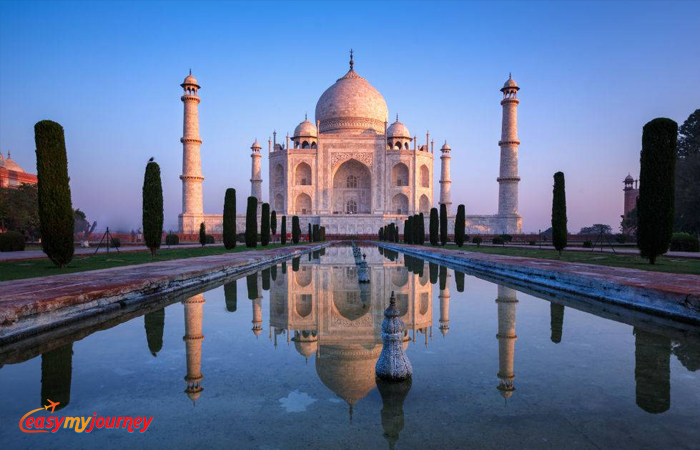Vijayadasami also known as Dasara, Dusshehra is a major Hindu festival celebrated at the end of Navratri every year. It is observed on the full moon day in the Hindu calendar month of Ashvin, which typically falls in the Gregorian months of September and October.
Vijayadasami is observed for different reasons and celebrated differently in various parts of the Indian subcontinent. In the eastern and northeastern states of India, Vijayadashami marks the end of Durga Puja, remembering goddess Durga's victory over the buffalo demon to help restore Dharma. In the northern, southern and western states, the festival is synonymously called Dussehra (also spelled Dasara, Dashahara). In these regions, it marks the end of "Ramlila" and remembers god Rama's victory over the demon Ravana, or alternatively it marks a reverence for one of the aspects of goddess Devi such as Durga or Saraswati.
Vijayadasami celebrations include processions to a river or ocean front that carry clay statues of Durga, Lakshmi, Saraswati, Ganesha and Kartikeya, accompanied by music and chants, after which the images are immersed into the water for dissolution and a goodbye. Elsewhere, on Dasara, the towering effigies of Ravana symbolizing the evil is burnt with fireworks marking evil's destruction. The festival also starts the preparation for one of the most important and widely celebrated Diwali, the festival of lights, which is celebrated twenty days after the Vijayadashami.
Significance: It celebrates the death of the demon king Ravana at the hands of Lord Rama.
Key attractions: Hustle bustle of the decorated markets, Ram-leela acts, and the big event of the burning of effigies of Ravana, Meghnad, and Kumbhakaran
When: 10th day of the month of Ashwin according to the Hindu lunisolar calendar, which corresponds to September or October of the Gregorian calendar
Where: Pan India
2017 dates: 30th September

